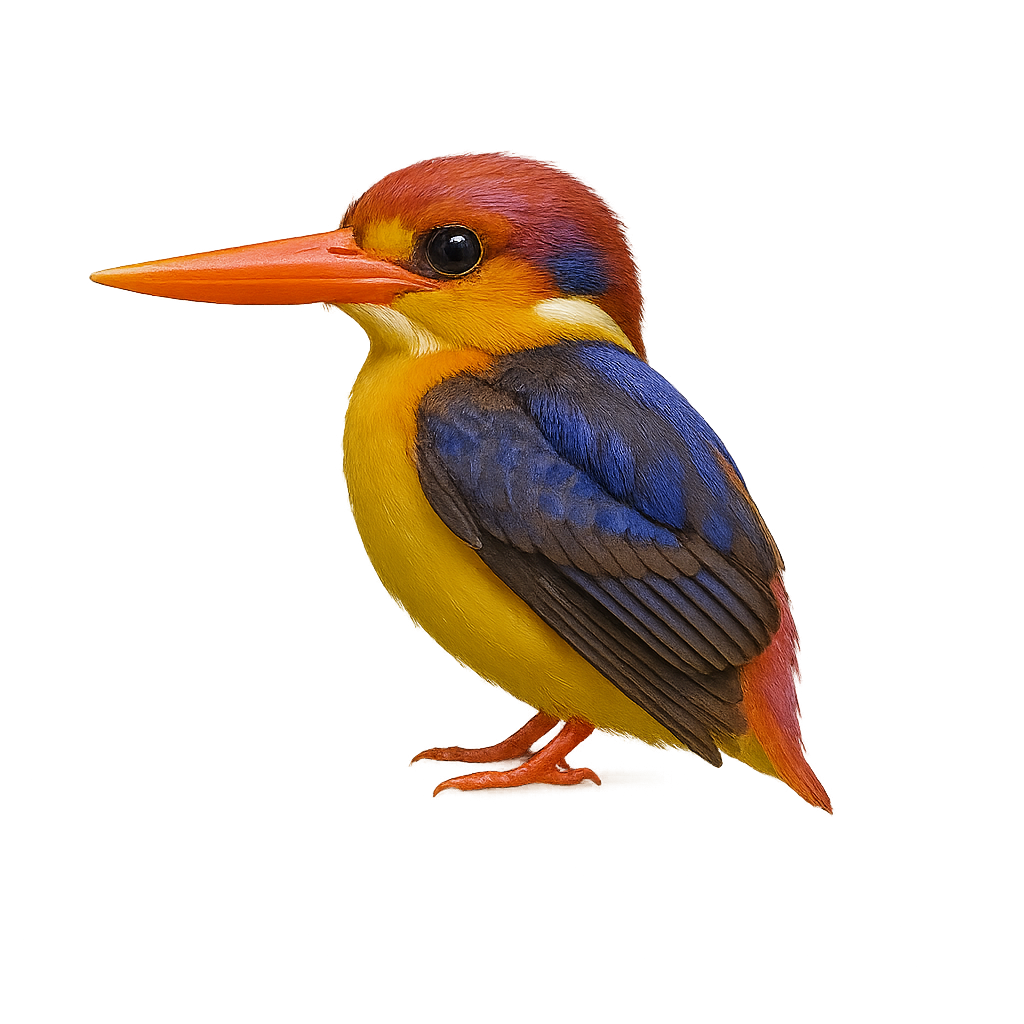Your wildlife photography guide.
Explore the purple kingfisher in detail, study its behavior, prepare your shots.
Where to observe and photograph the purple kingfisher in the wild
Learn where and when to spot the purple kingfisher in the wild, how to identify the species based on distinctive features, and what natural environments it inhabits. The WildlifePhotographer app offers tailored photography tips that reflect the purple kingfisher’s behavior, helping you capture better wildlife images. Explore the full species profile for key information including description, habitat, active periods, and approach techniques.
Purple kingfisher
Scientific name: Ceyx erithaca

IUCN Status: Least Concern
Family: ALCEDINIDAE
Group: Birds
Sensitivity to human approach: Suspicious
Minimum approach distance: 20 m
Courtship display: April to July
Incubation: 17-20 jours
Hatchings: April to August
Habitat:
Rivers, lakes, and marshes of Southeast Asia, especially in wooded areas near water
Activity period :
Mainly active at night, generally discreet during the day.
Identification and description:
The Purple Kingfisher is a small aquatic bird distinguished by its vibrant plumage and bright colors. It measures about 16 to 17 cm in length and weighs between 30 and 40 g. Its plumage is an intense blue with purple hues and bright orange tones on the belly. This kingfisher has a long, straight, pointed bill, perfectly suited for catching fish and aquatic insects. It primarily inhabits the humid regions and tropical forests of Southeast Asia, especially in areas along rivers and marshes. The Purple Kingfisher often hunts by perching on branches or rocks near the water, diving quickly to catch its prey. While generally solitary, it sometimes forms pairs during the breeding season. Although the species is relatively widespread, it faces threats such as deforestation and pollution of waterways.
Recommended lens:
400 mm – adjust based on distance, desired framing (portrait or habitat), and approach conditions.
Photography tips:
Use a telephoto lens to photograph this purple kingfisher, especially when it dives into the water or perches on branches. The soft light of the morning or evening is ideal for capturing its vibrant colors and fast actions. Be discreet and respect their space to avoid disturbing their natural behavior.
The WildlifePhotographer App is coming soon!
Be the first to explore the best nature spots, track rutting seasons, log your observations, and observe more wildlife.
Already 1 432 wildlife lovers subscribed worldwide

